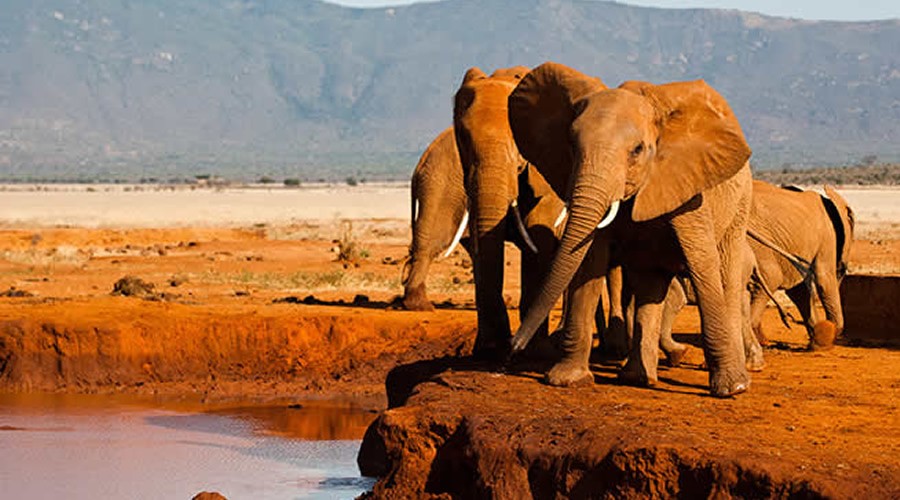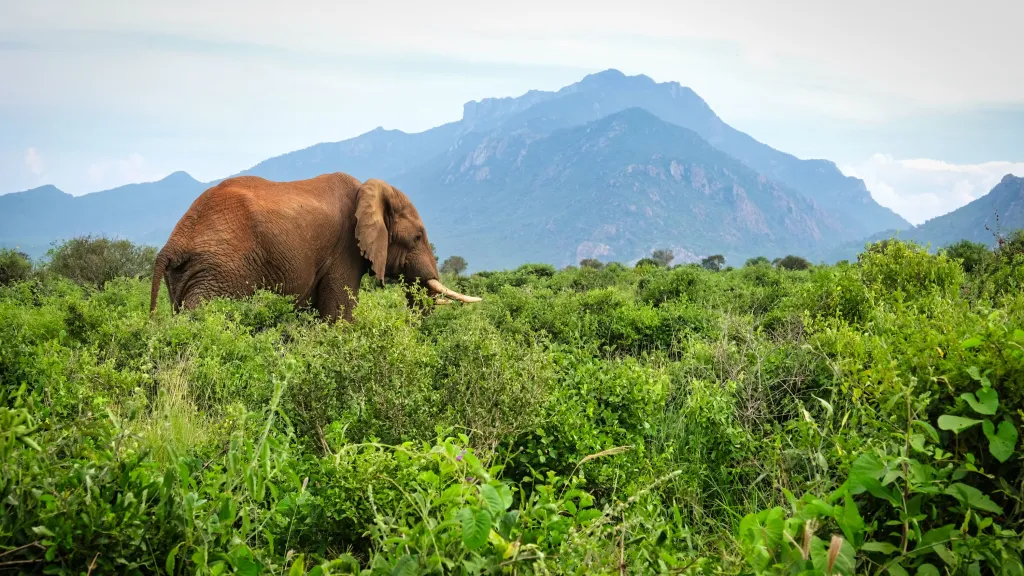Embarking on a Kenyan safari offers an unparalleled adventure through diverse landscapes teeming with wildlife. From the iconic Big Five to breathtaking savannahs and cultural encounters, Kenya provides a unique opportunity to experience nature in its rawest form. This article explores the intricacies of a safari expedition, guiding you through its many wonders.
Understanding the Allure of Kenyan Safaris
The magic of Kenyan safaris lies in its unique blend of biodiversity and cultural heritage. Known for the ‘Big Five’—lion, leopard, rhinoceros, elephant, and Cape buffalo—Kenya offers sightings in esteemed reserves like the Maasai Mara. A safari is not just an adventure but a journey into the heart of African traditions, landscapes, and wildlife conservation efforts.
Planning a safari involves selecting the right time and place. The Great Migration is a spectacular event best viewed in Maasai Mara between July and October. Consider travel logistics, accommodations from luxury lodges to rustic tents, and necessary gear to ensure comfort and safety. Align your interests—be it photography, birdwatching, or cultural tours—to craft a memorable experience.
Planning Your Perfect Safari Adventure
Planning your safari adventure begins with pinpointing the optimal time to embark on your journey. Witnessing the Great Migration, a mesmerizing natural spectacle, is arguably at its pinnacle in the Maasai Mara National Park between July and October. The chore of deciding on travel logistics follows, ranging from selecting accommodations that vary from the opulence of luxury lodges to the simplicity of rustic tents. Bringing along the right gear ensures your comfort and safety throughout the expedition. To fashion an excursion that resonates with your passions—may it be photography, birdwatching, or immersing yourself in cultural tours—is crucial for crafting an experience that will etch itself in your memory for years to come.
The Wildlife Encounter: The Big Five and Beyond
Kenya’s vast ecosystems host an array of wildlife, offering much more beyond the sought-after Big Five—lion, leopard, rhinoceros, elephant, and Cape buffalo. Visitors are equally captivated by the graceful giraffes and zebras, alongside a variety of antelope species, each uniquely adapted to the savannah, wetlands, or forests they inhabit. To sustain these wonders for future generations, Kenya employs a blend of traditional knowledge and modern conservation practices.
Local communities, often the first stewards of these lands, play a crucial role in wildlife conservation. Their invaluable knowledge and skills are vital in the fight against poaching and habitat destruction. Collaborations between these communities, conservation organizations, and safari operators have forged a path towards sustainable wildlife tourism. Through community-based conservancies, locals benefit directly from eco-tourism, incentivizing the protection of natural habitats and the species that reside within them.
Eco-tourism is more than just a minimal footprint travel option; it’s a means of actively contributing to the preservation and rehabilitation of Kenya’s natural environment. By choosing to participate in eco-safaris, visitors support conservation efforts and the economic empowerment of local communities. This responsible travel choice ensures that wildlife adventures in Masai Mara National Park, Amboseli National Park, and Tsavo National Park are sustainable and ethical.
One of the pillars of ethical wildlife tourism is the practice of ethical photography. Visitors are encouraged to respect the animals’ space and natural behaviors, capturing moments without causing distress or altering habitats. By adhering to these guidelines, photographers play a part in promoting conservation and creating a respectful environment for both animals and local communities.
Minimizing environmental impact during safaris is not only about where you go but also how you travel. Sustainable practices such as sticking to designated paths, reducing plastic waste, and adopting a ‘leave no trace’ philosophy are essential steps in preserving Kenya’s pristine landscapes for animals and visitors alike.
By engaging in these practices, your Kenyan safari becomes a profound journey—one that connects you deeply with Africa’s untamed heart while actively contributing to its preservation. As you venture into the next chapter of your safari experience, remember that the wildlife encounter is just the beginning. The rich cultural heritage awaiting in local communities offers another layer of unforgettable experiences, enriching your understanding and appreciation of Kenya’s diverse beauty.
Cultural and Local Experiences on Safari
A safari in Kenya extends far beyond the exhilarating pursuit of wildlife; it unfurls as a tapestry rich with vibrant cultural threads and intimate encounters with the land’s stewards. At the heart of this journey lie the Maasai and Samburu tribes, communities that have preserved their unique cultures and traditions despite the ever-encroaching modern world. Their lives, so deeply coiled with the rhythms of nature, offer a window into an existence where the land is both sustainer and sacred.
Venturing into the realms of these communities, visitors are welcomed with a warmth that transcends the mere sharing of space. In the villages, a world painted in the vivid reds and blues of traditional attire unfolds, offering a striking visual narrative of their identities. Participation in time-honored dances becomes an entry point into the communal spirit of the tribes, an experience further enriched by the stories told through their intricate movements and the resonant calls that fill the air.
Delving deeper into this cultural immersion, visitors are encouraged to partake in the day-to-day activities that define the life of the tribes. From the intricate art of beadwork, often imbued with symbols that narrate stories of courage, community, and the natural world, to the pastoral routines that have shaped their existence for centuries, every moment offers a lesson in harmony with nature.
Equally immersive is the exploration of local markets, where the bounty of the land and the craftsmanship of the people are displayed in vibrant arrays. Here, one can savor the flavors that define Kenyan cuisine, from the rich, hearty stews that have nourished generations to the fresh, piquant tastes of locally grown produce, providing a tangible connection to the land.
This chapter of the safari journey, framed by the majestic backdrops of Masai Mara National Park, Amboseli National Park, and Tsavo National Park, weaves a profound narrative of connection, not only to the wildlife that draws many to these lands but to the human spirit and its enduring ties to the earth. This journey through Kenya’s cultural landscape serves as a poignant reminder of the intricate ways in which the fate of humanity and the natural world are intertwined, enriching the safari experience with soulful insights into a life lived in close concert with nature.
Maximizing Your Safari Experience
To fully enjoy your safari, equip yourself with knowledge and a flexible mindset. Invest in a reliable guide who can tailor the journey to your interests, ensuring deeper insights into animal behavior and local ecology. Embrace the unexpected—the spontaneity of a safari is where memories are forged. With attentive preparation and an open heart, your Kenyan adventure will be unforgettable.
Conclusions
A Kenyan safari is more than a holiday; it’s a deep dive into the rhythms of life that pulse through Africa’s landscapes. This journey offers unparalleled wildlife encounters, cultural exchanges, and personal growth. By understanding, respecting, and preserving these natural and cultural treasures, we ensure their survival for future explorers seeking the same awe-inspiring experiences.




